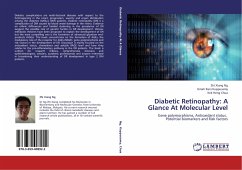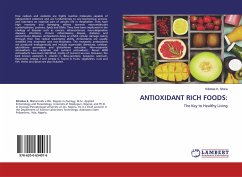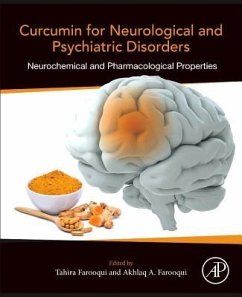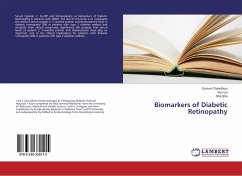
Diabetic Retinopathy: A Glance At Molecular Level
Gene polymorphisms, Antioxidant status, Potential biomarkers and Risk factors
Versandkostenfrei!
Versandfertig in 6-10 Tagen
54,99 €
inkl. MwSt.

PAYBACK Punkte
27 °P sammeln!
Diabetic complications are multi-factorial diseases with respect to the heterogeneity in the onset, progression, severity and organ distribution among the diabetes mellitus (DM) patients. Diabetic retinopathy (DR) is a complication of DM caused by blood vessel damage in the retina. Evidence on ethnic differences and familial clustering in the prevalence of DR suggest the possible role of genetic factors in DR development. Various metabolic theories have been proposed to explain the development of DR but the most compelling one is the formation of advanced glycation end-products (AGEs). This bo...
Diabetic complications are multi-factorial diseases with respect to the heterogeneity in the onset, progression, severity and organ distribution among the diabetes mellitus (DM) patients. Diabetic retinopathy (DR) is a complication of DM caused by blood vessel damage in the retina. Evidence on ethnic differences and familial clustering in the prevalence of DR suggest the possible role of genetic factors in DR development. Various metabolic theories have been proposed to explain the development of DR but the most compelling one is the formation of advanced glycation end-products (AGEs). This book concentrates on the formation of AGEs, the modulatory role of the receptor for AGEs (RAGE), gene polymorphisms and risk factors in the development of DR. Discussion is mainly focused on the antioxidant status, chemokines and soluble RAGE level and how they relates to the pro-inflammatory pathway in the DR patients. The book is written for research fellows, comprehensive clinicians and ophthalmologists, scholars, academic professionals and anyone interested in broadening their understanding of DR development in type 2 DM patients.












